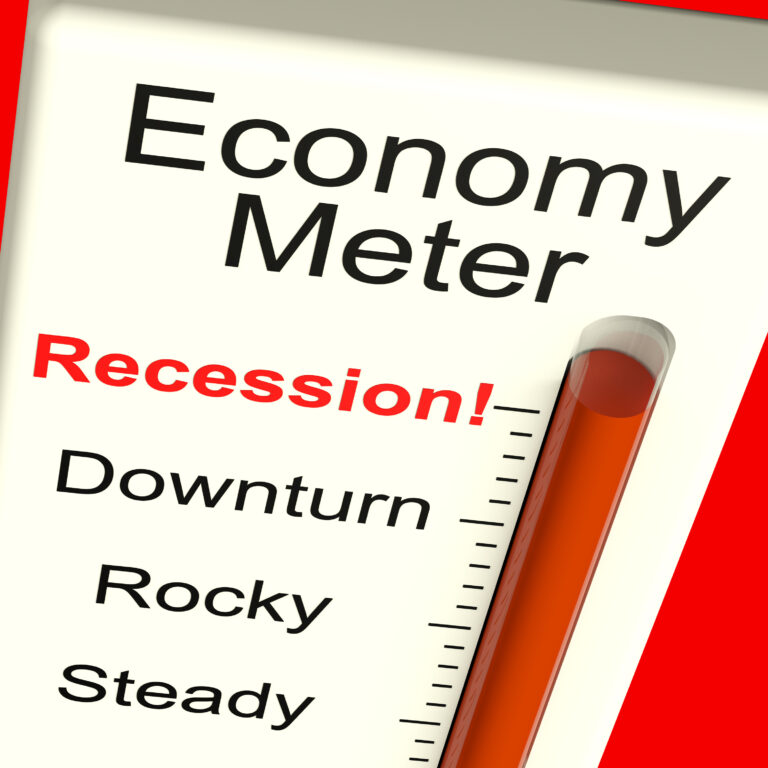The American Rescue Plan has provisions that allow for the disallowance of losses incurred in certain business transactions. This plan will let taxpayers take advantage of previously closed rules, expanding their period for applying the excess business loss provision by one year.
The new changes made by the ARP to its excess business loss rule were pretty moderate. Still, it increases an individual’s tax burden, something typically seen with efforts that focus on getting funds back into people’s pockets and businesses up-and-running again.
The new tax laws align with what some people think is a shift away from fair taxation. One of the most notable changes relates to how losses can be used for deductions, making it harder than ever before for taxpayers to try and recover money owed by companies after an audit has taken place.
The new tax rules are pretty harsh, and it will be necessary for your accountant to keep this in mind when planning.
Overview of Net Operating Loss Rules
The newly passed Tax Cuts and Jobs Act has many people excited about the potential for their NOLs to grow. The Tax Cuts and Jobs Act (TCJA) is a historic piece of legislation signed into law in December 2017 and states that any losses incurred in 2018 or later can only be carried forward until 2023.
People who can’t carry back their losses may face harsh results such as:
- The schedules under which individuals report their income plays a significant role in determining how much they will owe for tax. The more days there are between these two events, the less likely it is that you’ll end up owing anything at all – even if your losses from one year can’t be carried back into prior periods because of time constraints on when taxes have been collected (or not).
- The loss from an NOL will be carried back to the earliest of five years unless it’s waived.
- The new rules were mitigated with CARES Act provisions allowing NOLs arising in 2018, 2019, and 2020 to be carried back five years. These suspended the 80% limit until 2021, specifically for taxable years beginning after December 31, 2017, but before January 1.
- The TCJA has introduced a new limit on how much of your NOL can be deducted as a carryforward. The deduction is limited to 80% taxable income.
Excess Business Loss
The carryover rule concerning business losses is a fundamental principle of taxation. Deduction essentially becomes NOLs, which can be carried forward for up years and used as credits against future taxes owed by an individual or corporation when they file their returns each year.
The loss of tax benefit from business deductions is mitigated because they can be used as an NOL in later years. This means these losses will become eligible for carryover if there are any remaining unused amounts at death or expire before then.
The passive activity loss rules, at-risk regulations, and limitations on deductions apply before these more stringent guidelines that govern how much you can deduct for your business expenses. Flow-through income or losses from team member activities are all suitable methods of calculating any excesses incurred during the course resulting in questionable circumstances leading up until bankruptcy filing.
Expanding The Excess Business Loss Rule
The CARES Act provides for a five-year carryback of NOLs beginning in 2018, 2019, and 2020 and suspension on 80% limitations. With the recent passage of this law, tax professionals will likely need to make many decisions early next year when they prepare their clients’ income taxes or losses from the last reportable year (2018).
The CARES Act rule has been extended one more year to apply the limitation in taxable years beginning after 2020 and before 2026.
As a result of the recent American Rescue Plan Act, signed into law on March 11, 2021, this year, the limit for losses above what an individual is allowed has been raised from $5 million prior -to now reaching up until 2026 rather than 2025. The excess business loss rule has been extended by the ARP Act to apply for tax years beginning after December 31, 2020, and before January 1, 2027.
Essential Things To Consider As A Tax Professional
With the new rules about NOLs coming into effect in 2020 and 2021, it is crucial to keep a perspective of how you will plan for any losses. It’s also vital not only during these two specific years but longer-term too as we see what happens with our economy over time.
When carrying back tax from previous years, it’s also essential to consider the rate at which you’ll realize your carryover and its state tax implications. Accelerating deductions by way of maximizing NOLs may waste some self-employment deduction opportunities in future periods.
The issues with charitable planning and the Section 199A 20% business income deduction are still very much alive. It’s essential to do some math if you’re not sure how your situation will affect these aspects of law!



